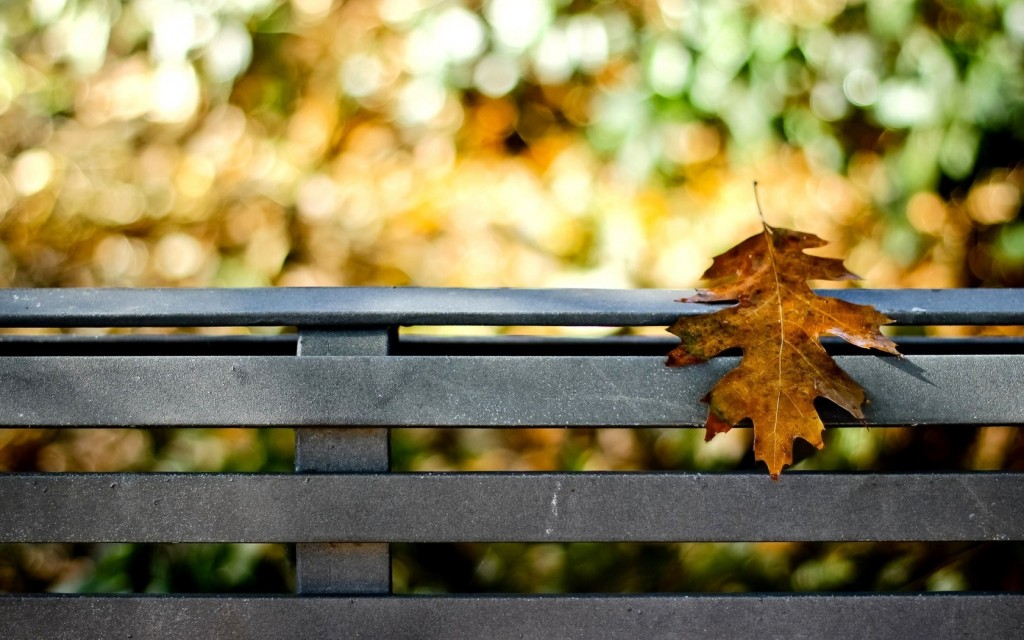Welcome back to the monthly series of stimulating Five Element activities that can support development of children in all ages! If this is your first time reading our blog, you can go back to our first entry in May to view the WOOD Element activities. All of the blogs can be downloaded in a pdf format by clicking on the link at the end of this article so that you can enjoy making your own notebook of Five Element exercises for each month and season of the year.
 The transformation of the autumn leaves from their brilliant colors blowing in the wind to withered, crunchy piles on the ground shows us the natural capacity of our planet to let go of what is no longer needed in life. Autumn is the time of the Metal Element, where the cycle of life from beginning to end is most apparent as nature prepares for the hibernation of winter. Fall marks the approaching end of the year and can bring a natural sense of reflection for us as we recognize how time passes season after season.
The transformation of the autumn leaves from their brilliant colors blowing in the wind to withered, crunchy piles on the ground shows us the natural capacity of our planet to let go of what is no longer needed in life. Autumn is the time of the Metal Element, where the cycle of life from beginning to end is most apparent as nature prepares for the hibernation of winter. Fall marks the approaching end of the year and can bring a natural sense of reflection for us as we recognize how time passes season after season.
The Metal Element and the season of autumn are symbolic for many aspects of our lives. It has clear demarcation of irreversible change representing the need to let go and create boundaries in order for balance and the cycle of life to continue. It is the Metal Element that gives us the capacity to reflect on what has past, to keep what is most precious, and to cut loose what we no longer need so we can make room for what comes next. When in balance, this function is as natural as breathing in, and breathing out, and one might even find oneself doing exactly that with the crispness of the autumn air.
For children, the Metal Element expressions are most visible in their sense of boundaries in their environment, bodies, space and time. The young child that cries out, “No! That’s my toy!” is expressing a boundary of self and depending on the age is an appropriate and needed expression to come in touch with oneself. Just as the 6 year old child that shows difficulty respecting the space of other children and their objects, likewise may be expressing an undeveloped Metal Element aspect. Space, time, order, capacity to let go of one craft to start another, or just an ability to know when the time for stopping an activity, are all developmental pieces of the Metal Element that can be observed in children and adults.
The following exercises are games and activities that can be used to stimulate the Metal Element energy. They can be used with a family, classroom, or a group of children to experience some fun qualities of Metal Element.
Do I Know My Size?
This activity is for a family or small group. Every member of the family/group gets a long rope (longer than what it would take to draw the outline of the body). The rope can be inexpensive twine that is used to wrap packages. Everyone uses their rope to try to create the outline of their body (in whatever shape they want) on the ground. They cannot lay on the ground to measure; they have to try to do this from their idea of their own size and shape. When everybody is done, all members of the group look and decide if they think the drawings are the correct size of each other or not.
After all the opinions have been shared, each person will take a turn laying in their own shape while the other group members use different colours of wool or cotton balls to surround the actual shape of the person laying down. Then they help the person surrounded by cotton or wool to stand up very carefully. Now this group member can see how different the shape they made was to the real shape on the ground.
Having Fun with Boundaries!
2 people are sitting face to face at a table. The table should not be too big. A cotton ball is placed in the center of the table. Now, without using hands or any other objects, both people try to blow the cotton ball off the opposite side of the table in the direction where the other person is sitting. Of course it becomes harder and harder to succeed as the each person tries to keep the cotton ball from falling off the table on their side!
Click this link to download this article.
For more information about the Five Elements and the way they can support child development read Children at Their Best: Understanding and Using the Five Elements to Develop Children’s Full Potential for Parents, Teachers, and Therapists.
NEXT: Winter Water Element activities – snow fall down the Bladder Meridian!